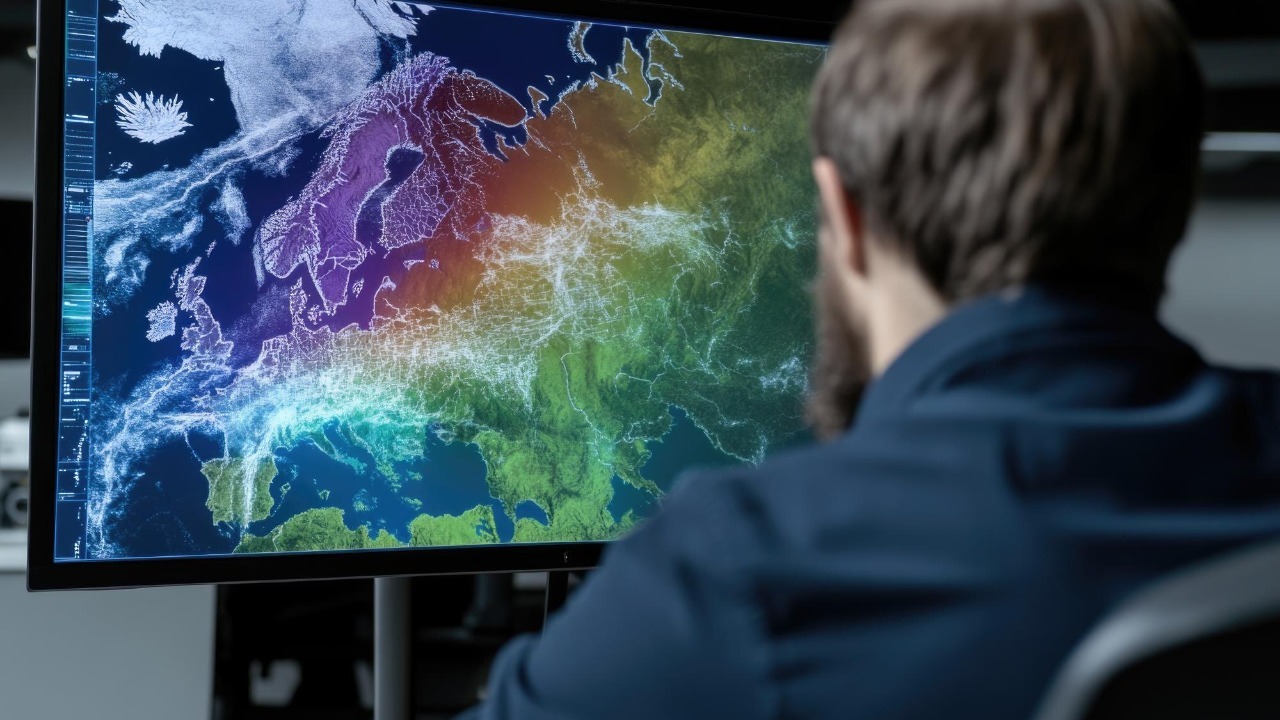
The National Hurricane Center is leveraging artificial intelligence (AI) to enhance storm surge forecasts, a critical step towards saving lives during hurricane events. This initiative, a collaboration with the Oceanic Atmospheric Administration and Google DeepMind, aims to improve upon traditional forecasting methods, which have often fallen short during rapid storm intensification. The recent hurricanes Helene and Erin have underscored the importance of accurate predictions and timely evacuations, highlighting the potential of AI in this life-saving endeavor.
Understanding Storm Surges and Their Impacts
Storm surges are abnormal rises in sea level caused by hurricanes, leading to life-threatening flooding in coastal areas. Recent storms, such as Hurricane Helene, have demonstrated the devastating impact of these surges, particularly when forecasts underestimate their magnitude. Environmental factors like wind and pressure play a significant role in surge formation, with broader weather patterns, like those observed during Hurricane Erin, contributing to their unpredictability.
Challenges in Traditional Storm Surge Forecasting
Current numerical models from the Oceanic Atmospheric Administration, while sophisticated, often struggle with real-time data integration during rapid storm intensification. This limitation can lead to forecast errors, such as underestimating surge heights by several feet, which can have dire consequences for evacuation decisions. Additionally, the computational demands of these traditional methods can delay updates, hindering timely warnings for at-risk populations.
Introduction to AI in Weather Prediction
AI models, including machine learning techniques from Google DeepMind, offer a promising alternative. These models can process vast datasets faster than traditional systems, identifying patterns in storm behavior that can enhance overall storm forecasts. The National Hurricane Center’s testing of these AI models has shown potential in refining surge estimates. Furthermore, AI’s ability to learn from historical hurricane data can aid in predicting the next big hurricane.
AI Techniques for Improving Surge Forecasts
AI techniques such as neural networks and predictive algorithms can simulate storm surges by analyzing satellite and buoy data, improving accuracy over conventional approaches. The integration of AI with existing tools from the Oceanic Atmospheric Administration allows for probabilistic forecasts that quantify surge risks more precisely. Real-time AI applications can adjust predictions as storms evolve, reducing uncertainties seen in traditional forecasting methods.
Case Studies: AI in Action During Recent Hurricanes
The use of AI models during Hurricane Helene demonstrated the potential of this technology in enhancing forecasts and aiding evacuations. Similar testing during Hurricane Erin showed how AI, in collaboration with Google DeepMind, refined surge predictions. Comparisons between AI-assisted forecasts and traditional methods have shown improvements in lead time and precision, underscoring the value of AI in storm surge prediction.
Preparation and Response Strategies Enhanced by AI
AI-improved surge forecasts can enable better community alerts, allowing residents in surge-prone areas to act sooner. Practical tips for hurricane preparation, such as stocking supplies and identifying evacuation routes, become more effective when coupled with accurate forecasts. Organizations like the National Hurricane Center are integrating AI predictions into their emergency planning, emphasizing life-saving evacuations based on accurate data.
Future Prospects for AI in Storm Surge Prediction
Advancements in AI models could enable the prediction of surges days in advance, a significant improvement over current capabilities. Potential collaborations between the Oceanic Atmospheric Administration and tech firms like Google DeepMind could lead to scalable AI tools for storm surge prediction. However, it’s crucial to ensure that the benefits of these innovations reach underserved coastal communities, making AI not just a technological advancement, but a tool for social equity.
More from MorningOverview